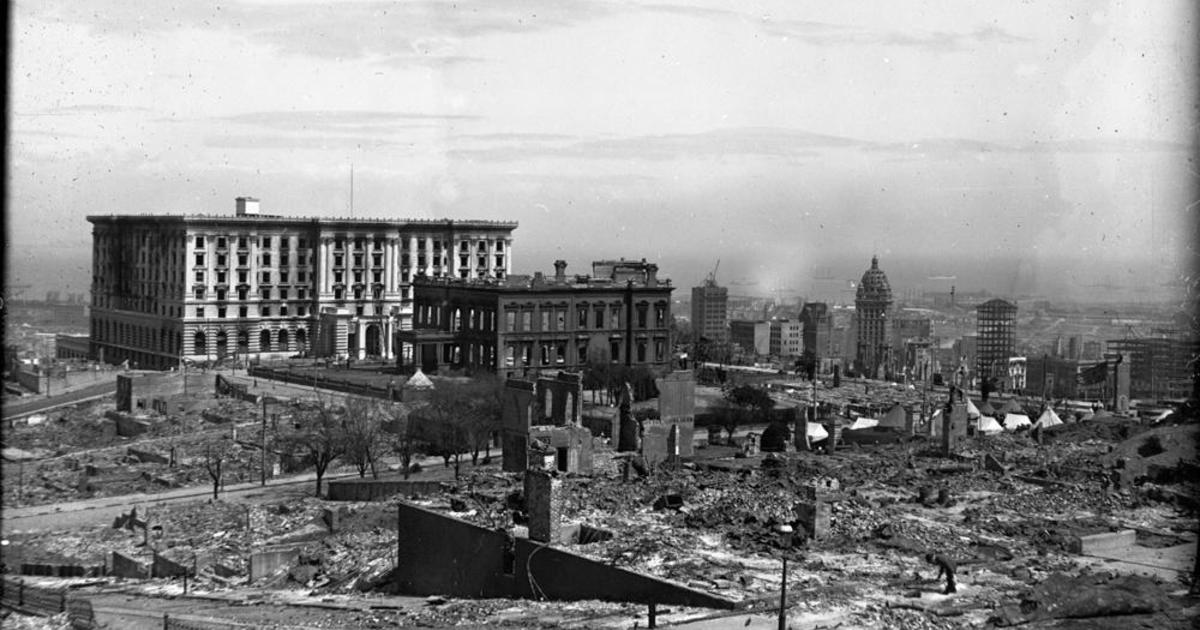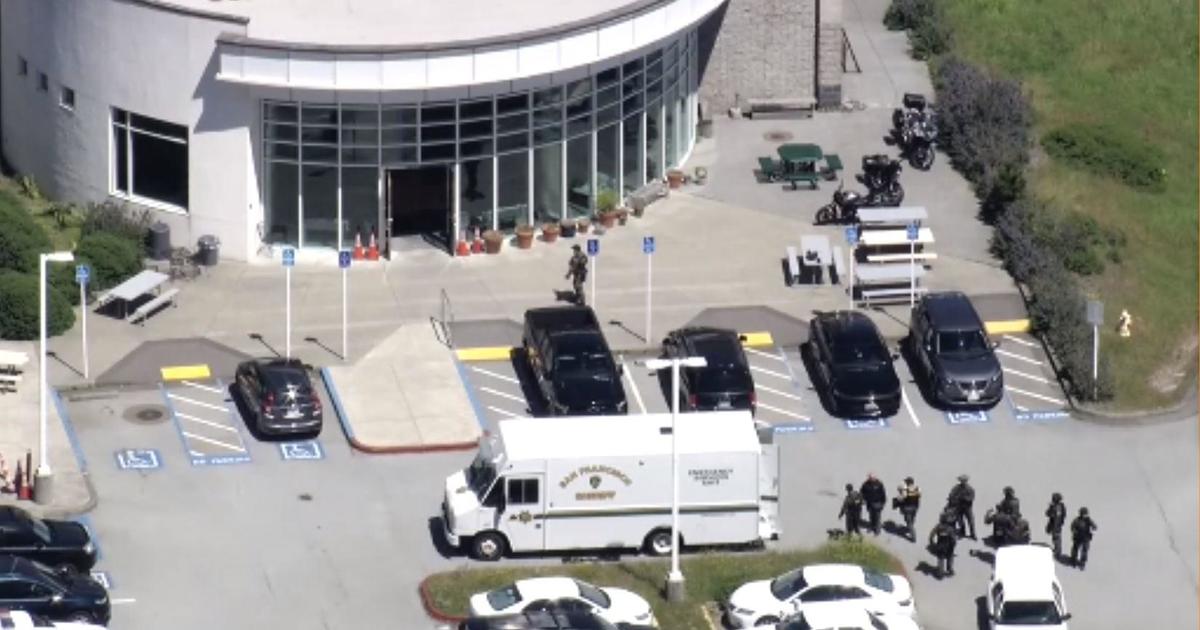No Spike In Crime From California Prison Realignment; Re-Arrest Rates, Costs Steady
SACRAMENTO (AP) — Landmark changes in California's criminal justice system four years ago have not saved the state money or reduced the rate of convicts who are quickly back behind bars as proponents had promised, but the changes also did not produce a feared spike in violent crime, an independent research organization said Monday.
About 18,000 offenders who previously would have been in prison or jail have been released since October 2011, the nonpartisan Public Policy Institute of California estimated in its report. That's when the state shifted responsibility for inmates convicted of nonviolent, nonsexual and less serious crimes to county jails.
PPIC released the review for the fourth anniversary of the new law.
Gov. Jerry Brown had predicted that counties could do a better job of keeping offenders from committing new crimes by helping them with jobs, housing, education and other services, but the report found recidivism rates have not fallen.
For the first group of offenders released under the program — nearly 50,000 inmates — the rate of new arrests and convictions was similar to before the changes, with about half being arrested for new offenses within a year, the institute found.
Linda Penner, chairwoman of the Board of State and Community Corrections, said counties are taking advantage of the changes to pioneer novel approaches to repeated imprisonment, such as helping incarcerated veterans or pairing offenders with other students in community college classes.
The change hasn't saved the state money as Brown and others predicted. Corrections spending now tops $10 billion a year, up nearly a half-billion dollars since before the criminal justice realignment and nearly as much as the state spent in 2008, when it had 40,000 more inmates and 80,000 more parolees.
Spending is at a historic high when the $1 billion the state gives counties each year for realignment programs is included, said Magnus Lofstrom, who co-authored the institute's report.
He blamed the high costs on federal control of the prison health care system, which has led to billions of dollars in spending to improve care. The state also has spent $2.2 billion to help counties build more jails.
The changes Brown sought helped reduce the prison population by more than 27,000 inmates to comply with federal court orders but drove county jail populations to near historic highs and led many sheriffs to release inmates to ease overcrowding. County jails released another 10,000 offenders after voters last year approved Proposition 47, which reduced penalties for some drug and property crimes, the institute said.
With the drop in the prison and jail populations, California's incarceration rate is now as low as it was in the mid-1990s, while its crime rates remain at historic lows.
"We have reduced our reliance on incarceration, and it's important that we keep an eye on our crime rates ... to make sure we are not reversing that long-term trend of declining crime rates," Lofstrom said.
The institute found no evidence that realignment increased violent crime, though it has repeatedly blamed it for increasing the rate of auto thefts.
Michael Rushford, president of the nonprofit Sacramento-based Criminal Justice Legal Foundation, predicted the state's low incarceration rate will eventually lead to an increase in violent crime.
He noted that the city of Los Angeles, which drives state crime rates, reported a more than 14 percent increase in violent crime last year. That's the first such increase in about a decade. However, the violent crime rate was still low compared to a decade ago, and a drop in property crimes led to a decline in the city's overall crime rate for the 12th consecutive year.
"We are hearing from the counties — sheriffs and (police) chiefs and DAs (district attorneys) — that there are problems that aren't being reflected in state statistics," Rushford said.
His organization supports victims' rights and has been critical of the state's criminal justice changes.
Copyright 2015 The Associated Press. All rights reserved. This material may not be published, broadcast, rewritten or redistributed.



